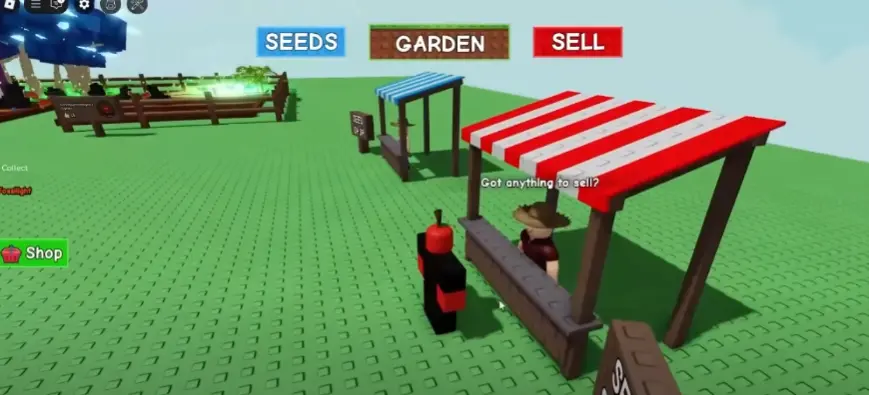Choose a test user to login and take a site tour.







6 minutes, 1 second
-0 Views 0 Comments 0 Likes 0 Reviews

When it comes to gardening, creating an environment that attracts pollinators can significantly enhance the beauty and productivity of your garden. Flowers not only add color and fragrance to your space, but they also play a crucial role in supporting local ecosystems. If you're looking to grow a garden that supports pollinators, here are nine helpful tips that will guide you in the right direction.
The first step in growing a garden that attracts pollinators is selecting the right flowers. Bees, butterflies, and other pollinators are drawn to specific types of blooms. Look for flowers that are rich in nectar and pollen, such as lavender, sunflowers, and coneflowers. Additionally, opt for native species, as these are more likely to attract local pollinators.
Pollinators are more likely to visit flowers in clusters than individual blooms. By grouping plants together, you increase the chances of attracting a variety of pollinators. Large patches of brightly colored flowers are especially appealing to these creatures. Create clusters of flowers like zinnias or marigolds to maximize your garden's pollinator-friendly potential.
Different pollinators are attracted to different types of flowers. Some prefer long-tubed flowers like trumpet vines, while others are drawn to open-faced flowers like daisies. By planting a variety of flower shapes and sizes, you ensure that your garden attracts a range of pollinators, from bees to butterflies and even hummingbirds.
Pollinators need a continuous food source throughout the growing season. To achieve this, plant flowers that bloom at different times of the year. Early bloomers like crocuses can provide food in spring, while late-season flowers like asters can keep pollinators fed as summer fades into fall. A well-planned garden with overlapping bloom times ensures that pollinators stay around all year long.
While it might be tempting to use pesticides to protect your garden, they can harm pollinators. Many pesticides are toxic to bees and other beneficial insects. Instead, consider using organic methods to control pests, such as introducing natural predators or using insecticidal soap.
In addition to flowers, you can enhance your garden's appeal to pollinators by adding features that provide shelter and nesting spaces. For example, dead logs, leaves, or a small water source can give pollinators a place to rest. A birdbath or a shallow dish of water can attract bees and butterflies, especially during hot weather.
When growing a garden that attracts pollinators, you should also think about how your garden affects your pets. Some plants may be toxic to animals, so it's essential to research which flowers are pet-safe. Incorporating pet-friendly plants, such as marigolds or pansies, ensures that both your pollinators and pets can enjoy your garden safely. If you're planning to create a pet-friendly garden, be sure to consider both the aesthetics and the health of your pets while selecting plants.
As part of your garden's charm, you might want to add a bit of flair with unique decor, like a majestic Bald Eagle statue. You can buy Grow A Garden Bald Eagle items to create an eye-catching focal point in your garden while also complementing the natural beauty of your flowers. These kinds of decorations can enhance the experience of your garden, giving pollinators and visitors alike a reason to stop and admire your space.
The location of your garden plays a critical role in attracting pollinators. Choose a sunny spot, as most flowers that attract pollinators thrive in full sunlight. Keep in mind the wind direction, as strong winds can disturb delicate pollinators. Ensure your flowers are positioned where they can be easily accessed by bees, butterflies, and other insects.
By following these simple tips, you can create a beautiful and functional garden that supports pollinators. Not only will you be helping the environment, but you'll also enjoy the vibrant life that comes with a pollinator-friendly garden. Whether you are looking to grow a garden pets or simply create an oasis for pollinators, these tips will help you succeed. Don't forget to check out U4GM for more gardening tips and ideas to enhance your green space!

Share this page with your family and friends.